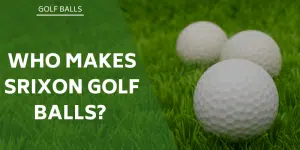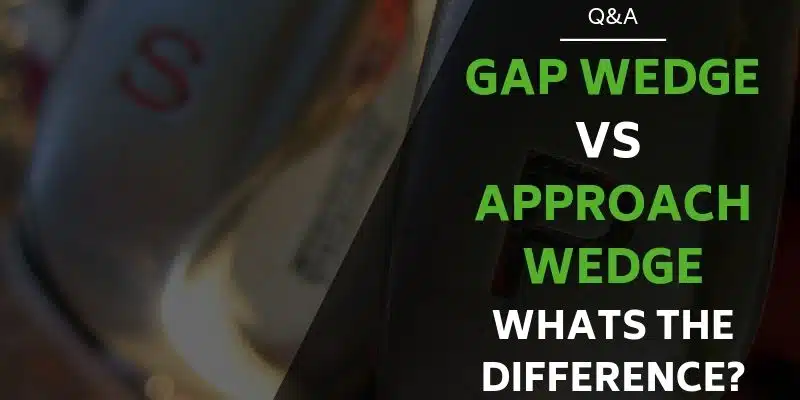Most golfers, including professional golfers on tours, use tees off the tee box to gain maximum advantage, yet the selection of a tee is one of the most neglected purchasing decisions. The question that arises is ‘what size golf tee should I use for a driver and other clubs’? Are they all the same length and what dictates the length that I use?
The History Of The Tee
Before going into detail on tee length I want to take you back to the origins of the tee.
Right from the start, early golfers realized that they needed to raise the ball when hitting the driver. To get the ball raised they assembled a sand pile high enough to get the driver shots into the air.
In 1744 the first published set of golf rules (“Articles & Laws in Playing at Golf”) indicated that “your ball must be ‘teed’ from the ground.” This introduced the word “tee” to the game and is still in use.
William Bloxsom and Arthur Douglas realized that there is a business opportunity since the scarping together of sand was a burdensome process. In 1889 they patented the first portable tee in the British patent document (No. 12,941).
This was enhanced by George Franklin Grant when he released the first ground-penetrating tee in 1899. Grant did not patent his tee and the first patented ground-penetrating tee. This allowed William Lovell of New Jersey to register the patent for a one-piece wooden peg with a flared, concave head where you could position your ball.
Modern rules (Rule 11 (Teeing Grounds)) that “A ‘tee’ is a device designed to raise the ball off the ground” with a maximum length of 4-inches. Furthermore, the rules dictate that a tee may not indicate the line of play or influence the movement of your ball.
Get 40% of Flight Path’s Golf Tees which can add distance and reduce sidespin.
What Are The Most Commonly Used Golf Tee Lengths?
The use of tees of the golf box is optional and many golfers hit their tee shots for shorter par 3 holes off the ground. It is common to see amateur golfers use broken tees to lift the golf ball slightly above grass level on the short holes.
As mentioned above the maximum length for a tee is 4 inches but they are generally available in 2 ¾ inches, 3 ¼ inches, and 4-inches. The most used length is 2 ¾ inches. Some manufacturers offer shorter tees at 1 ½ and 2 1/8 inches that are ideal for the shorter holes.
Personal preference and swing style ultimately dictates the length of the tee that you play.
Longer tees allowing you to strike the golf ball on an upward trajectory generally produce more height and distance. A raised golf ball on iron shots increases the chances for a clean strike and reduces the chances of a thin or fat strike.
The concave-shaped head of the tee is ideal to place and secure a golf ball. The spiked bottom end of the tee is aimed at making it easier to penetrate the ground.
Tees come in a variety of shapes, colors, and materials to suit all golfers. With climate change being a major discussion point many manufacturers have turned to biodegradable materials to protect the environment.
What Are The Most Used Materials For Manufacturing Tees?
Wood
Wood is the most used material as it is biodegradable and relatively inexpensive. Adding paint to the tee for personalization is a simple process that is frequently used for marketing purposes.
Bamboo Tees
Bamboo is growing in popularity for manufacturing golf tees due to its durability, eco-friendliness, and lower pricing than wooden tees.
Plastic
Plastic may not be eco-friendly but is used for nearly all items that are available on the market. The golf tee could not escape this trend.
The biggest advantages of plastic tees over other materials are the reduction of friction between the golf ball and the tee and the durability since they are less likely to break than wooden tees.
What Type Of Golf Tees Are Available?
Standard Tees
Standard tees are the most common and mostly produced from wood ranging from 2 ¼ inches to 4 inches. Its basic shape and performance make them tournament legal.
Anti-Slice Tees
These tees are aimed at golfers that are fighting the dreaded slice off the tee.
To fight the slice manufacturers added a cup at the back of a standard tee to support the ball on the tee. The cup reduces sidespin thus reducing the slice quite dramatically.
You cannot use this tee in tournament play.
Brush Tees
Brush tees consist of soft bristles atop a plastic bottom that considerably reduces the friction between the golf ball and the tee.
These tees are generally available in a range of colors and lengths. Brush tees are tournament legal.
Zero Friction Tees
Zero friction tees are similar to the standard tee with the exception that the top of the tee is not a solid construction. It comes with between 3 and 6 columns for the ball to rest on therefore lessening the contact area between tee and golf ball.
Final Thoughts
Selecting the best tee is highly neglected by golfers who often just take any tee off the shelf. The number of tees available can make it an exceedingly difficult decision to ensure that you buy the one that will suit your game the best.
Related Articles
Nick is the founder of GolfSpan and an avid golfer. He's not quite a pro but has over 15 years of experience playing and coaching golfers worldwide. His mission is to bring the golfing community a better experience when it comes to choosing the right golf gear and finding the right setup for your game.






